OnePlus may have thrown current OnePlus 3 owners for a loop when they announced a plans to launch a slightly updated (and more expensive) version of the the barely five-month-old device. They’re calling it the OnePlus 3T, and aside from a slightly new shade, you won’t be pointing out any aesthetic differences. Even browsing through the spec sheet you’d be hard pressed to point at any major differences in hardware — but that doesn’t mean nothing has changed.
The OnePlus 3T does feature a slightly updated Snapdragon 821 processor which is essentially an overclocked version of the 820 found in the older OnePlus 3. There’s also a new 16MP front facing camera (vs the 3’s 8MP), a larger 3,400mAh battery and a new 128GB storage option.
With slightly updated hardware comes a new slightly more expensive price tag: $440 — a full 40 dollars more than the regular 3. It’s still significantly less than what others are asking for similar caliber smartphones and although it’s not much of a price hike, we’re hoping this isn’t the start of a new trend at OnePlus (new flagships gradually growing more expensive every year due to ever shrinking margins, that sort thing).
So, what motivated OnePlus to refresh the OnePlus 3’s hardware in the first place? Well, it’s because they can. Where much larger companies like Samsung or Apple have to order units in bulk, OnePlus’ business operates much differently. It’s a unique position to be in, with OnePlus co-founder Carl Pei mentioning in a recent Reddit AMA that the refresh in hardware was more of a test to see how well it would do. Again, it’s OnePlus leveraging their unique position in the smartphone market.
There’s not really too much to be said here about the OnePlus 3T that wasn’t already covered in our OnePlus 3 review. But what has changed, we’ll go ahead and cover here. Let’s dive into the review.
Performance
As one of the first crop of devices launching earlier this year with a Snapdragon 820 processor, the original OnePlus 3 was fast. Really fast. That’s not to say there wasn’t room for improvement. The OnePlus 3T kicks things up further with a higher clocked 2.35 GHz Snapdragon 821 processor.
It definitely feels a bit more snappy than the original 3’s 820 and although you’d think the bump in speeds over the OnePlus 3 was due to the 10% performance boost of the 821, it actually has more to do with the 3T switching over to an F2FS file system (as opposed to EXT3 on the OnePlus 3). Once the regular 3 is updated, both phones will be neck and neck in terms of speed.
With a new Snapdragon 821 and F2FS file system running things, the OnePlus 3T is now on equal footing as similarly equipped devices like the Google Pixel, maybe even more so. Surprisingly enough, we found the 3T was almost always just a hair quicker at opening apps, loading the content inside of them, and returning to apps that remained open inside of its ample 6GB of RAM. if you’re looking for the fastest possible smartphone on the planet, the OnePlus 3T is an absolute beast and could very well be the new speed champion. At least for now.
That’s not to say it’s not all roses…
OnePlus 3T vs Google Pixel (smaller bars are better and indicate a smoother UI)
Just like with the OnePlus 3, we’re still seeing some weird quirks, notably when scrolling around the UI. Aside from the choppy UI which has a tendency to stutter and frequently drop frames (something the Pixel has absolutely no problems with), there’s also this weird little problem with latency when it comes to finger swipes.
Scrolling through menus, dragging app icons, or even while playing games, there’s a noticeable amount of lag associated with anything that involves swiping on the display. The UI just has trouble keeping up, trailing far behind your finger.
Although it was mistakenly thought to be poor touch screen latency, it was later discovered the threshold that the phone uses to register finger movement is far more forgiving than other devices. We’re not sure why OnePlus configures their devices in such a way, but it was a huge issue for me on the OnePlus 2, OnePlus 3, and now sadly, the OnePlus 3T.
Sure, some will say this is a small, minor annoyance, one that most folks won’t even notice and it’s true. But for those like myself who have been spoiled with more responsive devices like the iPhone or Pixel, it can be downright maddening. It’s the combination of a stuttery UI and slow response time when scrolling that can make the phone feel less snappy and responsive than it really is and quite frankly, is the only thing keeping the phone from greatness.
It’s also worth noting that OnePlus could fix this issue in a future software update, but it’s not something they’re willing to commit to (they’ve only agreed to look into it). The good news is that OnePlus is always listening to user feedback and has a great track record when it comes to addressing concerns from the community.
Camera
The OnePlus 3 already had a great camera. It was so good, OnePlus didn’t see fit to mess around with it all. In fact, the only real hardware change comes to the front facing camera (which, again, was easily one of best out there), receiving a bump from 8MP, to an all new 16MP sensor.
We know, a bump in resolution probably sounds like great things for the front facing camera, but let me stop you right there. Even though the resolution of the front-facing camera is now equal to that of the rear camera, it’s nowhere near the same quality. That probably goes without saying. But what if I told you it wasn’t even quite as good as the previous 8MP camera?
- OnePlus 3
- OnePlus 3T
- OnePlus 3
- OnePlus 3T
After comparing photos shot with the 3 and the 3T, in various lighting situations, the 3T only occasionally produces slightly more detailed photos, which is of course expected given the resolution bump. But in most other cases, the regular 3 and its 8MP shooter outperformed the 16MP in the 3T with selfies that were a little more clear and sharp — especially in low light where there was absolutely no contest.
Although the differences between the 8MP and 16MP cameras in the 3/3T aren’t too dramatic in anything but low light, the OnePlus 3T still performs well against the front-facing shooters found on the iPhone 7 or even the Galaxy S7. The iPhone 7 puts up a good fight and the wide angle lens of the Galaxy S7 adds a nice touch, we just wish OnePlus would have stuck with the original 8MP camera. Whatever the reason OnePlus felt the need to “update” this spec is anyone’s guess.
In either case, if you’re looking for a phone that can take a crisp, clean selfie — the OnePlus 3T is certainly among the best of them.
Battery life
Probably the biggest upgrade the OnePlus 3T is its larger 3,400mAh battery. Whereas the original 3 was packing a modest 3,000mAh battery, the 3T’s 400mAh bump should, in theory, translate to improved battery life. Without keeping you in suspense, we’ll just come out and say it: it most certainly does. It’s not a huge improvement over the 3 — which already gave us some pretty great battery life — but enough that it was definitely noticeable.
Disclaimer: I’ve mentioned this countless times in the past but it always needs to be said: no two people will ever have the same battery life. Ever. There’s just too many variables to account for, so you’ll have to take my battery life with a grain of salt.
With heavy use, I was averaging a little over 4 hours of screen on time — max brightness — and easily 5+ hours with normal use. It’s right on par with what you’d expect from a 12% increase in battery capacity, but it’s not going to blaze past devices with similarly equipped hardware. When compared against handsets with same sized batteries — the Samsung Galaxy S7 Edge and Google Pixel XL, for instance — the OnePlus is definitely within the same ballpark. Give or take.
The real benefit the OnePlus 3T offers over competing devices is OnePlus’ quick charging technology. Dubbed “Dash Charge,” it’s no different from what we saw with the OnePlus 3, only now it takes an extra 19 minutes to hit a full 100% charge (makes sense, given the larger battery). Even then, it’s still faster than the charging times you’ll find on the Galaxy S7 Edge or Pixel XL.
For those unaware, Dash Charge on the OnePlus 3T is based on Oppo’s VOOC charging technology and uses a 5V/4A electric current to quickly charge the handset. The difference from other charging methods is the power adapter handles the brunt of the heat — not the smartphone. That means the OnePlus 3T stays cool and charging speeds don’t slow down when the screen is on (like with the Galaxy S7) or when performing CPU/GPU intensive tasks like gaming.
So exactly how fast is Dash Charge? Well, things start off great — about 20% every 10 minutes — and it’s only at around the 75% mark where things start slowing down. After 90% (1 hour of charging), things slow to a crawl, with the phone taking another 30 minutes to hit that final 10%. It’s nothing to be alarmed about, this is how fast charging typically works on most other devices and is done to maintain good battery health. Just know that if you’re in a pinch, unplug after 90% or you could be waiting forever to hit a full 100%.
Software
Software is definitely one of the OnePlus 3T’s strongest suits. It’s still running Android 6.0 Marshmallow — a now year old version of Android — but it’s their own special version, a little something OnePlus calls OxygenOS. The interface is actually really close to what you’d find on something like the Moto Z or even the Google Pixel, but with a few of OnePlus’ own UI tweaks and usability improvements.
These range from the small clear-all button that appears when you pull down your notifications, to the more obvious inclusion of their own custom launcher, complete with theme support and a special home screen they call Shelf. There are also a handful of gestures that act as shortcuts to specific functions. We don’t use very many of these, but some are actually quite useful, like the 3-finger swipe to take a screen shot, or double tapping to wake the display. OxygenOS also has its own versions of basic stock apps (instead of using Google’s), but they look clean and are designed well enough that they don’t stick out.
Here are a few of our favorite software features:
- App locker – Lock specific apps behind a password or fingerprint
- Screen calibration – Adjust the color temperature of the display (or switch to sRGB mode)
- Light or dark themes available in the Settings app
- Proximity wake – Wake device by waving hand over the display
- Customize LED notification light
- Choose between on-screen or touch buttons
- Customize button actions – Choose actions when double tapping or long pressing the navigation buttons
- Gestures – Double tap to wake, draw shapes to turn on camera or flashlight, three-finger screenshot, and more
- Manage high power usage apps – Auto-close apps that are consuming the most battery in the background
- Customize app clearing – choose between normal, or deep clearing which closes the app and all background processes
Comparing the OnePlus 3T’s to competing handsets in the $400 mid-to-high end market are like night and day. OnePlus isn’t trying to mimic iOS. They’re not trying to hide Android with overblown, convoluted UIs. Instead, they’re wholly embracing the ideology of Android — “be together, not the same” — by adding useful additions that don’t detract from the user experience. This gives OxygenOS a flavor all its own while remaining subtle and adhering to Google’s Material Design guidelines, something you just don’t see from other OEMs.
OnePlus has already made known its plans to update the OnePlus 3T to Android 7.0 Nougat in the coming weeks. Although they’re not the fastest at updating to major Android releases, they do a great job at continually supporting current versions with continual updates that bring new features, squash old bugs, and further refine the user experience. The fact that they treat software updates with so much care is actually a plus — not a minus — seeing as how typically, the first major Android releases are often filled with bugs and other problems.
Verdict
Priced at $440, the OnePlus 3T is a tremendous value and slight, but a worthwhile upgrade from the 3 before it. The OnePlus 3T is easily the best phone we’ve ever seen from the startup and the fact that it can easily go toe-to-toe with the Apples and Samsungs, makes it worthy of your attention.
While there were a handful of great Android flagships that launched this year, there were few that even remotely tried competing on price. That being said, I want to be as clear as possible: there is nothing about the OnePlus 3T that feels like a $440 smartphone. It feels every bit as expensive, high-end, and premium as what the other guys are peddling. When pitted against the Galaxy S7 and Pixel, the OnePlus 3T not only holds its own but comes out on top in some respects.
The only thing better than receiving a great deal is getting one on something you’d normally pay through the nose for. With the OnePlus 3T, you don’t get the feeling you’ve just been price gouged for the privilege of owning a high-end smartphone. It’s the exact opposite. The OnePlus 3T takes your dollar and stretches it as far as it possibly can.
Even when going up against similar “value” targeted handsets, it’s almost no contest. The OnePlus 3T is bigger, faster, longer lasting, more premium, and hands-down offers a better software experience than most anything out there.
Sure there are a few shortcomings (no water resistance or an SD card slot), but if I told you that you can get 50% off a 64GB Samsung Galaxy S7 just by ditching these features, you’d probably run out to buy one this very moment and there’s no reason you shouldn’t be doing so with the OnePlus 3T.
For anyone already considering making the jump on over to the OnePlus 3 now has all the more reason with the OnePlus 3T. True to their slogan, OnePlus has proven you don’t have to “settle” (or at least sacrifice very much) when it comes to getting a great deal on a premium smartphone.
OnePlus 3TRating: star_fullstar_fullstar_fullstar_fullstar_75 (4.9 / 5)
The Good
- Premium build quality
- Crazy fast performance
- Even faster fingerprint reader
- Great display
- Rock solid battery life
- Fully capable camera
- Blazing fast charging
- High-quality OEM accessories
The Bad
- No water resistance
- No wireless charging
- No SD card slot
- No CDMA support (Verizon, Sprint)
- Alert Slider still sucks (there’s no automatic Do not Disturb)
- Video quality is pretty poor
- Choppy UI
- Laggy touch screen performance
- Poor customer service
The Bottom Line
We said it in our OnePlus 3 review over 5 months ago: OnePlus didn’t just hit it out of the ballpark with the 3 — they knocked it into the next galaxy. The OnePlus 3T is no different. It takes an already appealing smartphone and makes it that much more enticing with better software, new storage option, and longer battery life. Damn near irresistible, in fact.

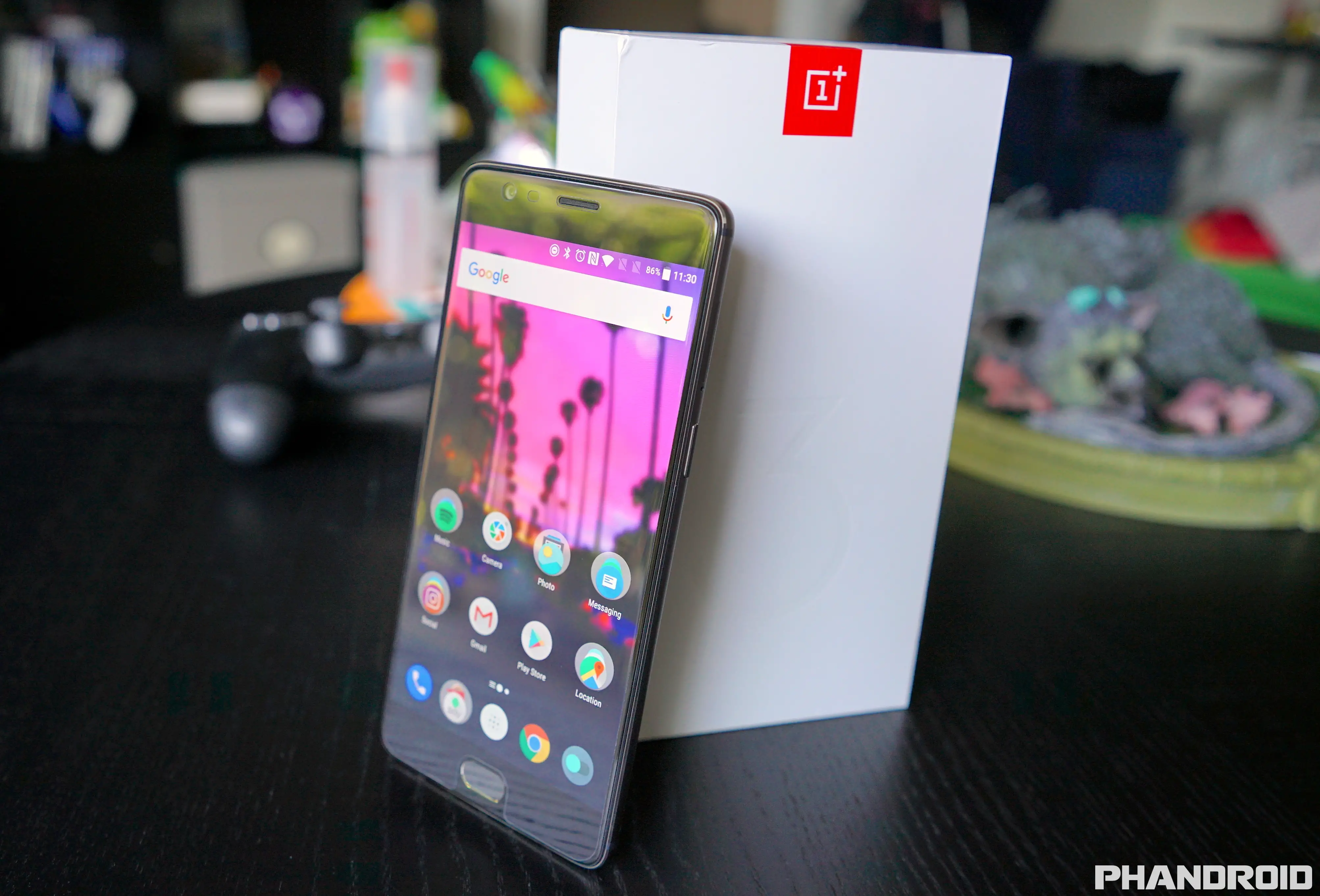
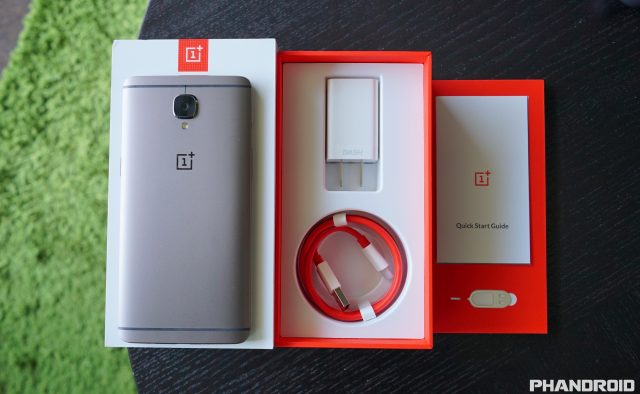


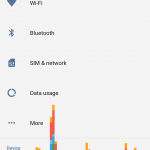





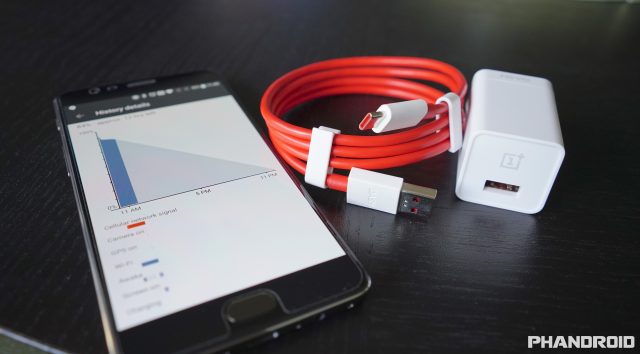
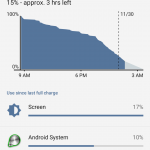
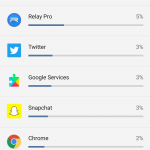
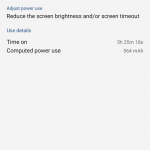

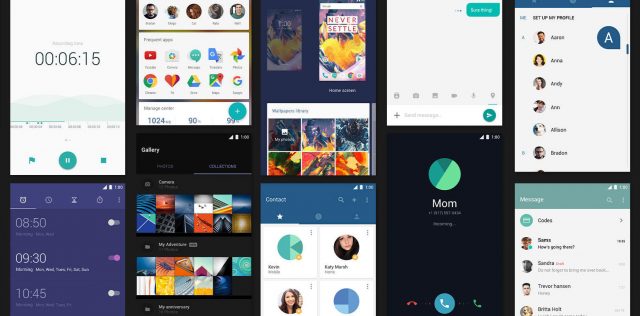
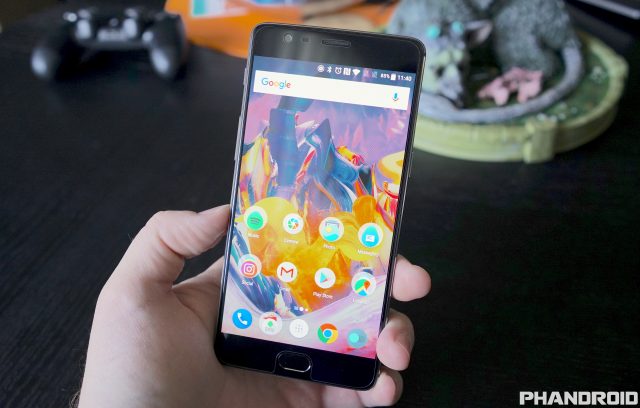








Comments